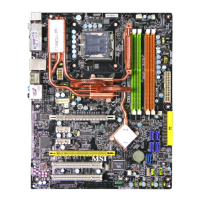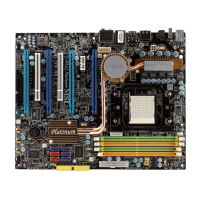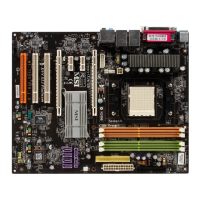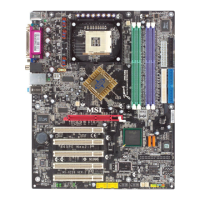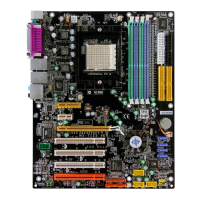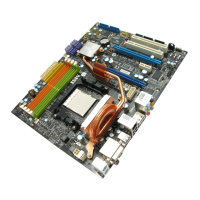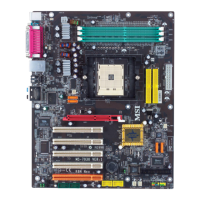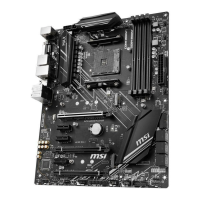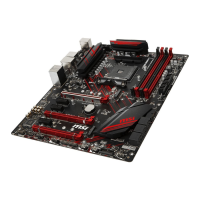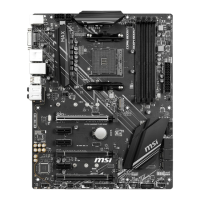Do you have a question about the MSI X48 Platinum Series and is the answer not in the manual?
Intellectual property and branding information for the product and its components.
Document version details and technical support contact information.
Essential warnings and guidelines for safe equipment operation and handling.
Statement regarding radio frequency interference compliance with FCC rules.
Information on Waste Electrical and Electronic Equipment disposal and recycling.
Detailed specifications of the mainboard's hardware features and capabilities.
Visual guide to mainboard components, connectors, and their locations.
List of items included in the product package for user verification.
Identifies mainboard components and their locations for easy reference.
Covers CPU types, important notes, and installation procedures.
Details on installing DDR3 memory modules and dual-channel configuration.
Explains ATX 24-pin and 12V power connector pinouts for system power.
Describes rear I/O ports like USB, LAN, PS/2, Audio, etc.
Describes Floppy, IDE, SATA, and other internal headers and connectors.
Details front panel switches, LEDs, audio, USB, COM, and TPM connectors.
Describes PCI and PCIe slots, including CrossFire technology support.
Explains LED status indicators for various mainboard functions.
Describes LED POST indicators and their meanings for system diagnostics.
Describes how to access the BIOS setup utility during system boot.
Explains navigation keys, control keys, and general help features within BIOS.
Lists and describes the main BIOS setup categories for system configuration.
For basic system configurations like date, time, and device detection.
For configuring advanced system settings and boot options.
For enabling/disabling onboard controllers like USB, LAN, and Audio.
For configuring system power saving modes and wake-up events.
For configuring PCI bus and Plug and Play features.
For monitoring hardware status like temperature, voltage, and fan speed.
For saving and loading BIOS settings profiles.
For CPU and DRAM frequency, voltage, and overclocking settings.
For restoring default BIOS settings (Fail-Safe or Optimized).
For setting a password to protect BIOS configuration.
Step-by-step instructions to install the audio driver for full functionality.
How to configure audio settings using the Realtek HD Audio Manager utility.
Explains sound effects and equalizer for audio customization.
Adjusting volume levels for playback and recording channels.
Configuring speaker outputs for different channel modes (2CH, 4CH, 6CH, 8CH).
Instructions on how to launch the Dual Core Center utility.
Overview of the main screen and its functions for monitoring and configuration.
Explains and configures automatic overclocking for CPU and GPU.
Adjusting CPU, FSB, and memory clocks for performance tuning.
Adjusting CPU, memory, and other voltages for stability and performance.
Monitoring and adjusting system fan speeds for optimal cooling.
Monitoring system temperatures for CPU, GPU, and motherboard components.
Creating and managing custom settings profiles for clock, voltage, and fan speed.
Overview of Intel RAID technology, levels, and features.
Steps to enable RAID functionality in the system BIOS.
Step-by-step guide to creating RAID volumes from disks.
How to upgrade from a single drive to a RAID configuration.
Handling and rebuilding degraded RAID arrays when drive members fail.
| Brand | MSI |
|---|---|
| Model | X48 Platinum Series |
| Category | Motherboard |
| Language | English |

